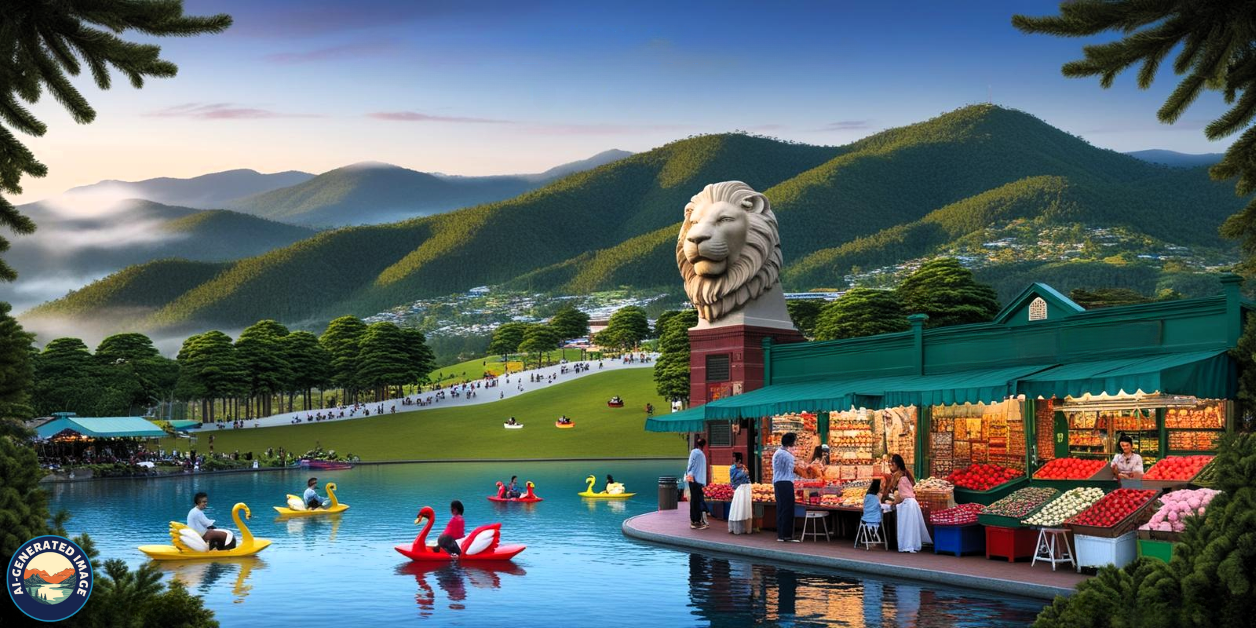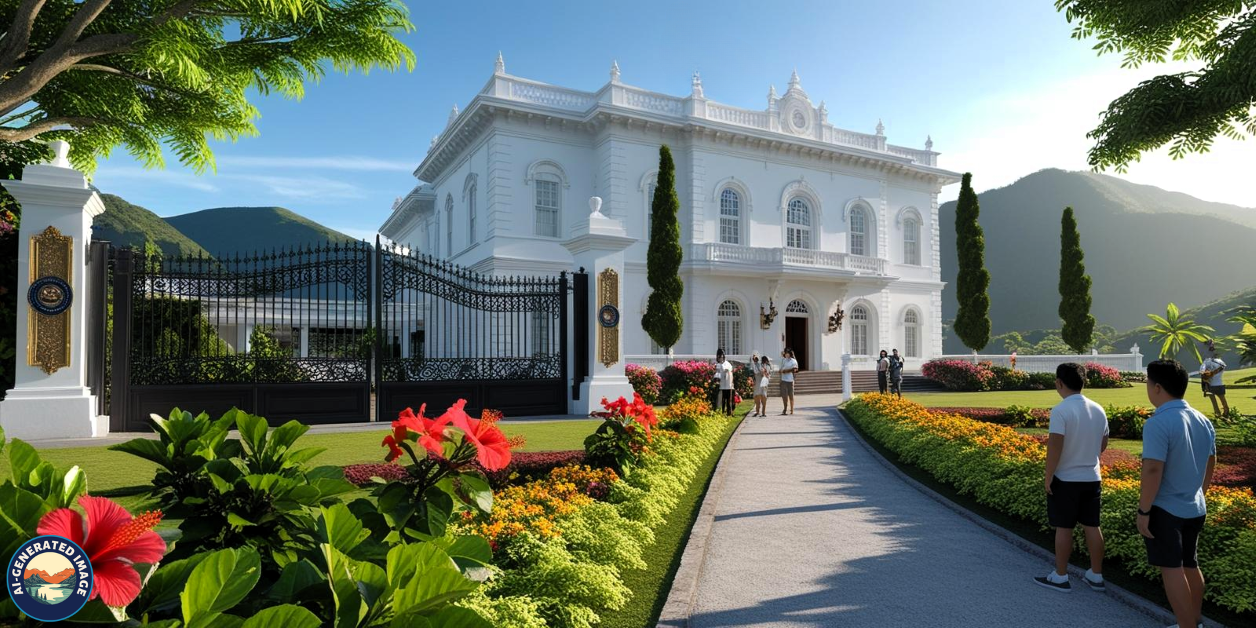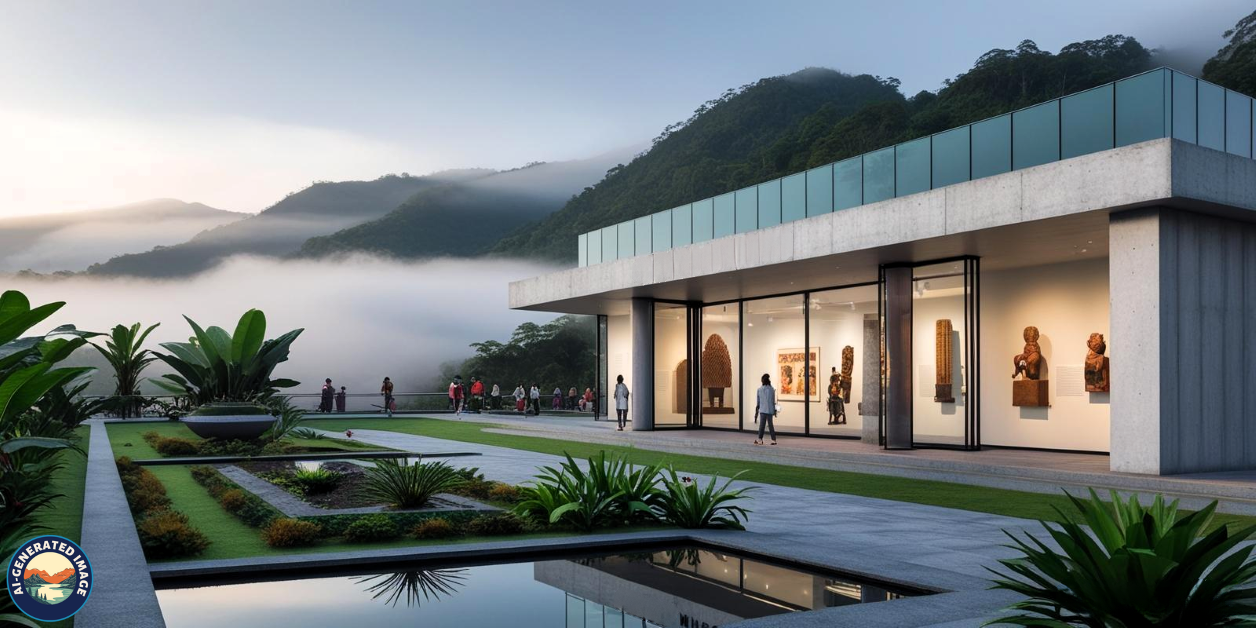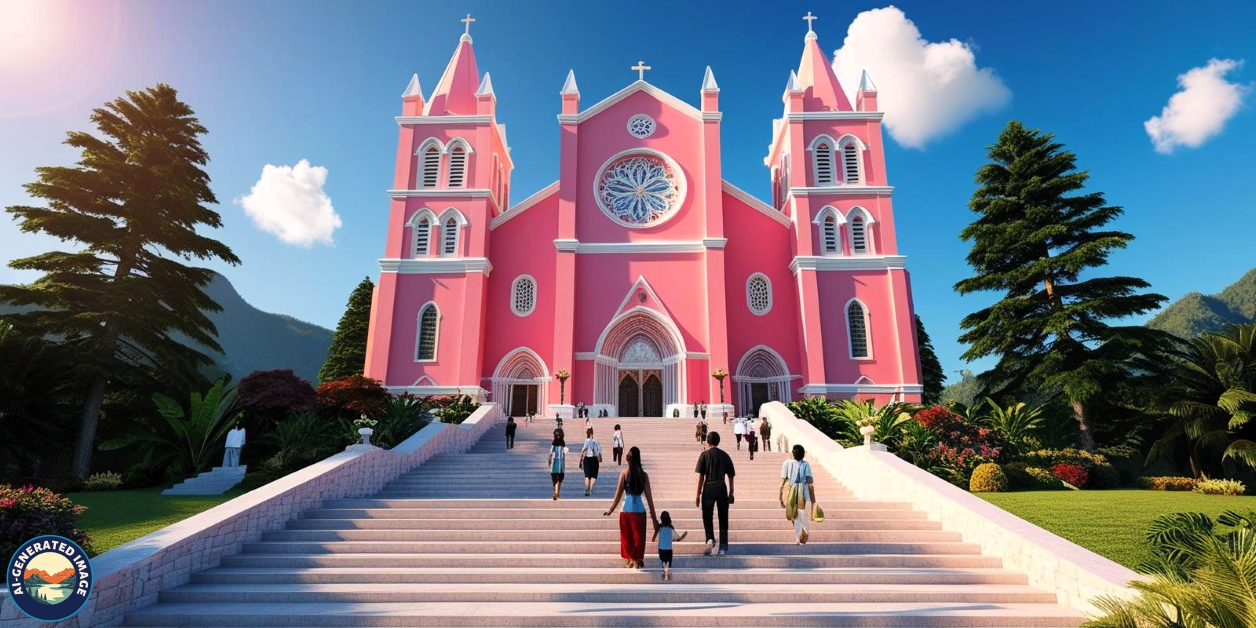Introduction
Located in the mountains of Northern Luzon, Baguio is a beautiful city often called the “Summer Capital of the Philippines.” Its refreshing climate, picturesque landscapes, and vibrant cultural heritage make it a must-visit destination. Whether you’re seeking adventure, relaxation, or a taste of history, Baguio offers a variety of experiences.

This guide will provide you with everything you need for a memorable trip to Baguio, including its history, top attractions, best food spots, accommodations, and essential travel tips.
History
Before becoming a thriving city, Baguio was home to the Ibaloi people, one of the indigenous groups in the Cordillera region. The city’s transformation began in the early 1900s when the Americans developed it as a hill station because of its cool climate.
Key Historical Highlights:
-
American Influence:
Architect Daniel Burnham designed Baguio with parks, structured roads, and a well-planned urban layout.
-
World War II Significance:
Baguio played a crucial role during World War II as a military stronghold.
-
Modern-Day Development:
Today, Baguio remains a cultural, educational, and tourism hub in Northern Luzon.
Best Time to Visit
Baguio’s cool climate makes it an attractive destination throughout the year, but the best time to visit depends on your preference.
Peak Season:
-
February:
The Panagbenga Festival (Flower Festival) features vibrant floral floats and cultural performances.
-
December:
The Christmas season is extra special in Baguio, with festive lights and chilly weather dropping to around 10°C.
-
March to May:
Many tourists visit Baguio during summer to escape the heat of the lowlands.
Off-Peak Season:
-
June to September:
The rainy season provides a peaceful, less crowded experience, though landslides and rain showers can occur.
-
October to November:
This period offers pleasant weather and fewer tourists.
Packing Tip:
Always bring a light jacket and an umbrella for unexpected weather changes.
How to Reach
Baguio is easily accessible from Manila and other nearby cities.
By Bus:
- Victory Liner & Genesis JoyBus provide comfortable bus rides from Manila to Baguio.
- Travel time: 4 to 6 hours
- Fare: ₱500 – ₱800, depending on the bus class.
By Private Car:
- Routes: Marcos Highway, Kennon Road (seasonal), or Naguilian Road.
- Travel time: 4-5 hours, depending on traffic conditions.
Must-Visit Attractions
Scenic & Nature Spots
-
Burnham Park –
- Perfect for boat rides, biking, and leisurely walks.
-
Mines View Park –
- Offers breathtaking views of the Cordillera mountains.

-
Wright Park –
- A great place for horseback riding.

-
Botanical Garden –
- A lush park showcasing diverse flora and indigenous sculptures.
Cultural & Historical Landmarks
-
The Mansion –
- The official summer residence of the Philippine President.

-
Tam-Awan Village –
- A reconstructed traditional Cordilleran village.
-
BenCab Museum –
- Showcasing contemporary and indigenous art.

-
Baguio Cathedral –
- A stunning church that stands as an architectural and historical landmark.

Unique Experiences
-
Strawberry picking in La Trinidad.
-
Exploring Camp John Hay –
- A former U.S. military base turned leisure area.
-
Ukay-ukay shopping –
- Baguio is known for its thrift shopping culture.
Best Food to Try
Local Delicacies
-
Strawberry Taho –
- A flavorful twist on the classic taho, with fresh strawberries.
-
Good Shepherd Ube Jam –
- A popular take-home delicacy.
-
Baguio Longganisa –
- A uniquely garlicky and smoky sausage.
-
Cordilleran Pinikpikan –
- A traditional dish prepared using indigenous cooking methods.
Best Restaurants & Cafés
-
Café by the Ruins –
- A go-to spot for delicious local flavors.
-
Arca’s Yard –
- A cozy café offering stunning mountain views.
-
Hill Station –
- A charming restaurant that blends local and international cuisine.
Accommodation Options
-
Budget-friendly:
- Baguio Holiday Villa
- Upstairs Bed & Bath
-
Mid-range:
- The Forest Lodge at Camp John Hay
- Microtel by Wyndham
-
Luxury:
- The Manor at Camp John Hay
- Grand Sierra Pines Hotel
Location Tip:
Staying near Session Road offers convenient access to restaurants and attractions.
Essential Travel Tips
- Layered clothing is key due to Baguio’s varying temperatures.
- Respect local culture when visiting indigenous sites.
- Bargain wisely when shopping at thrift stores.
- Use public transport like jeepneys for a more affordable way to explore.
Conclusion
Baguio is not just a tourist destination—it’s a city full of character, history, and natural beauty. Whether you’re taking a scenic stroll at Burnham Park, indulging in strawberry taho, or exploring the art scene at BenCab Museum, every moment in Baguio is memorable. Plan your visit and discover why this charming city continues to captivate travelers!
FAQs
Is it safe for solo travelers?
Yes! Baguio is considered one of the safest cities in the Philippines, with a welcoming atmosphere and friendly locals.
What should I wear in Baguio?
A light jacket is essential, especially during colder months. Comfortable footwear is also recommended for exploring the city.
How long should I stay?
A 2 to 3-day trip is ideal for visiting top attractions and enjoying the local food scene.
Are there vegetarian or vegan-friendly restaurants?
Absolutely! Restaurants like Oh My Gulay and Café Yagam offer excellent vegetarian and vegan dishes.
What are some underrated attractions?
For a unique experience, visit Arca’s Yard, Mount Costa, and the Baguio Night Market for something beyond the usual tourist spots.
